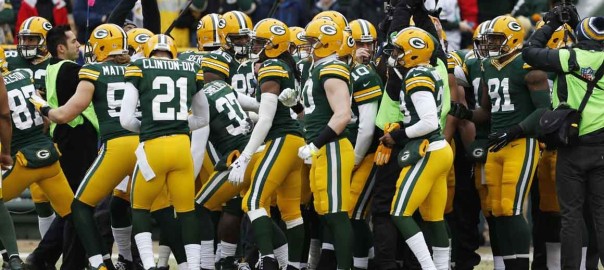NFL Players Turning To PRP Treatments

What is PRP therapy?
PRP (Platelet-Rich-Plasma) therapy is a medical treatment which utilizes the regenerative power of blood platelets. Platelets are blood cells crucial for coagulation (blood clotting) and tissue regeneration. The therapy itself consists of three phases. In the first phase a doctor collects a small amount of patient’s own blood from a vein. Then he puts a part of that blood sample into the centrifuge in order to separate and concentrate the platelets. Concentrated platelets are then mixed with the remainder of that blood sample to get platelet-rich-plasma. The third phase consists of injecting this plasma enriched with platelets into the injured tissue.
Is PRP effective in treating tendon and ligament injuries?
Yes, despite the poor blood supply of these structures. As a matter of fact, one of the best results of PRP is in treating these kinds of injuries. Growth factors released from platelets boost the healing process of an injured tendon or a ligament.
Can athletes use PRP?
A lot of athletes have used PRP and the results are excellent in more than 80 percent of cases. LaRon Landry, a football player who injured his Achilles tendon, decided to use shockwave therapy (sound waves used to stimulate regeneration) combined with PRP therapy because he needed a quick return to his full sport activity. Although three to five sessions of PRP treatment are recommended, after only one PRP treatment Landry felt that he regained 90 percent of his Achilles tendon strength. Another tough football player, Troy Polamalu, decided to use PRP after the injury of his MCL (Medial collateral ligament), one of the ligaments crucial for knee stability. At that moment, the other options for him were surgery, physiotherapy and possibly immobilization. By using PRP, Polamalu managed to get back to his full activity much sooner than this type of injury would have normally allowed.
Is it safe?
Basically, yes. The risks are minimal because this treatment is minimally invasive and uses patient’s own blood. These risks are similar to the risks of ordinary injections: localized pain, swelling and infection at the site of the injection. This treatment either works or not and there are no serious side effects.
How long does recovery take?
The procedure itself can be completed in under an hour. It usually takes three to five treatments, one treatment per week, and full recovery is expected in six weeks—much less than a standard physiotherapy procedure or recovery period after surgery, which can last for a year or more. If you are an athlete looking for a quick recovery from an injury, PRP therapy is certainly worth a try.
Image courtesy of: http://www.politico.com/


